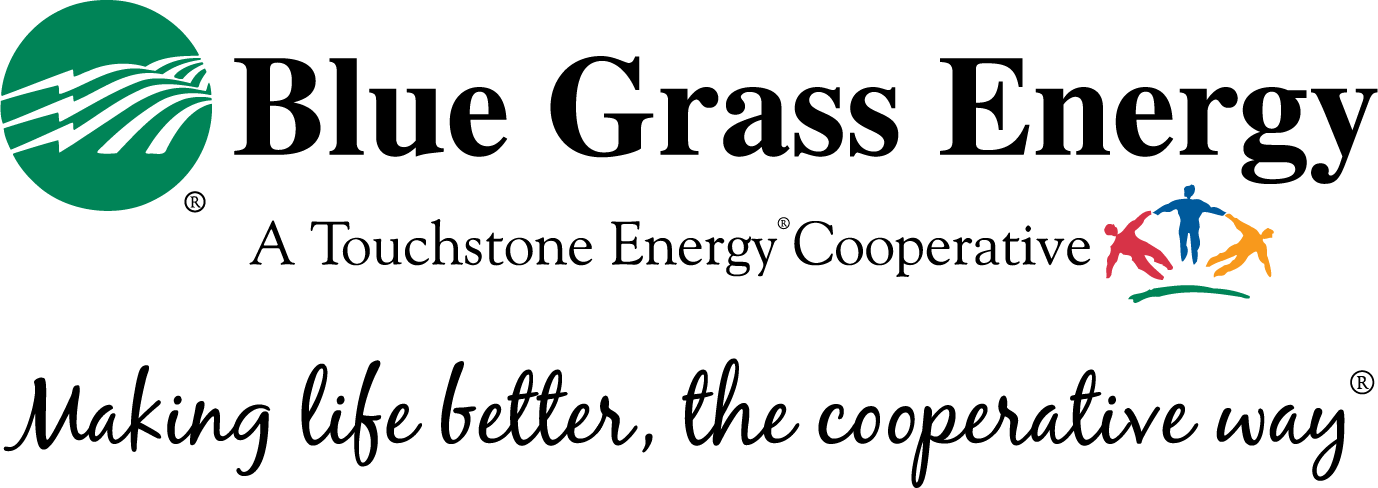Heating – no higher than 68 degrees; Cooling – no lower than 78 degrees. The Department of Energy (DOE) suggests finding a level where you are comfortable and leaving it there.
Using a programmable (setback) thermostat model that ensures “smart recovery” (without bringing on 2nd stage electric resistance heat strips) can generate savings. Otherwise, heat pumps operate best in the winter when a steady temperature is maintained.
As fossil fuel furnaces generally have one stage, they can be set back manually or with a simple programmable (setback) thermostat.
During the summer, try setting the temperature up to 78 degrees when you go to work.
We recommend against this. Operating the fan on “continuous” can reduce your air conditioning system’s moisture removal capability. And it may contribute to increased duct leakage infiltration, summer and winter. Also, the fan motor uses energy.
Shutting off rooms can actually increase your heating and cooling cost by causing additional air leaks. The closed-off room becomes pressurized pushing conditioned air to the outside around windows.
Shutting registers pressurizes the branch duct serving that register, likely increasing duct leakage.
Once a month is best. Try using filter whistles.
Space heaters can be costly to operate. At $0.10 per KWH one can cost $0.15 per hour of operation.
An air conditioner removes heat from your home and discharges it outside.
A heat pump, in the summer, operates like an air conditioner. In the winter, it removes heat from the outside air and discharges it inside.
Yes. Try setting your thermostat to 78 degrees in the summer while running your ceiling fans. In the summer, you want the air from the ceiling fan to blow straight down, so it should be set in a counter clockwise direction as you are looking up at it. The warmer the air, the higher the speed. In the winter, reverse the paddle direction to clockwise and run on low to bring warmer air down from ceiling. Turn fans off when you leave.
R38 is ideal in most climates, except for very cold climates in the northern part of the U.S. However, if you already have at least R19 insulation, the payback for additional insulation may be long. Look for areas in your home without insulation; i.e., attic hatches, basement walls.
If your windows now are single pane, installing storm windows can provide a payback in the 7-9 year range.
Replacement windows may take considerably longer. You may have reasons other than saving energy for purchasing replacement windows.
120° for safety. Also, the hotter water is in the tank, the more corrosive it is.
Today’s water heater tanks are so well insulated that standby heat loss through the storage tank walls is minimal.
An 80 gallon electric water heater provides more than enough hot water for most families.
The easiest way to lower water heater cost is by using less water. A low flow shower head will help decrease your usage.
Since today’s water heater tanks are so well insulated, savings from turning off your water heater are very minimal.
Insulating jackets can save if your water heater is in unconditioned space. Refer to your owner’s manual to ensure this is an approved measure.
Compact fluorescent lamps can provide the same light as incandescent lamps at approximately ¼ of the operating cost.
A CFL’s life may be shortened by operating in a contained fixture or turning off and on frequently.
LED bulbs will user fewer watts than incandescent and CFL lamps. When choosing the appropriate size bulb, purchase by lumen, not watts. The more lumens, the brighter the light. Because LED bulbs are much more efficient than other lighting types, you will need fewer watts. For example: A 40 watt equivalent LED bulb will provide the same lumens as a 60 watt equivalent CFL.
Which appliance? We can give you a rough estimate, but the power you use will depend on your actual appliance’s efficiency & how often you operate it. For a the Department of Energy's appliance energy calculator, click here.
Many factors affect energy use. To contact an energy advisor for additional assistance, click here.
Even though you’re not home there are appliances still running, such as the air conditioner, water heater, refrigerator, etc.
If the water temperature suddenly rises or the hot water runs out during the first shower, it should be investigated as soon as possible.
If the lower element burns out, you will have less hot water.
If the upper element burns out, you probably will have NO hot water.
Be sure to verify periodically that water is not leaking from the pop-off valve drain or drain-off valve, which could increase energy usage substantially.
A Capital Credit Refund is a special benefit to you for being a member of an electric cooperative. Because it is a not-for-profit organization, your co-op may return money to members whenever annual revenues exceed costs. The size of your Capital Credit Refund is determined on a present schedule and by policies approved of by your co-op’s Board of Directors.
The surcharge reflects the cost of equipment and other expenses our power supplier incurs as it complies with EPA regulations on power plant emissions. Most major electric utilities in Kentucky have this surcharge on their bills.
The charge is a pass-through from our wholesale energy supplier, East Kentucky Power Cooperative (EKPC). The charge is based on a formula approved by state regulators. EKPC bills BGEnergy and then those costs are passed through to our members.
It recovers a portion of the cost of coal and natural gas needed to run power plants, and costs to buy power from other utilities.
It has nothing to do with the cost of gasoline for BGEnergy’s trucks. The fuel charge recovers a portion of the costs incurred by our power supplier, East Kentucky Power Cooperative, for coal and natural gas to operate its electric plants, and their costs to buy power from other utilities.
